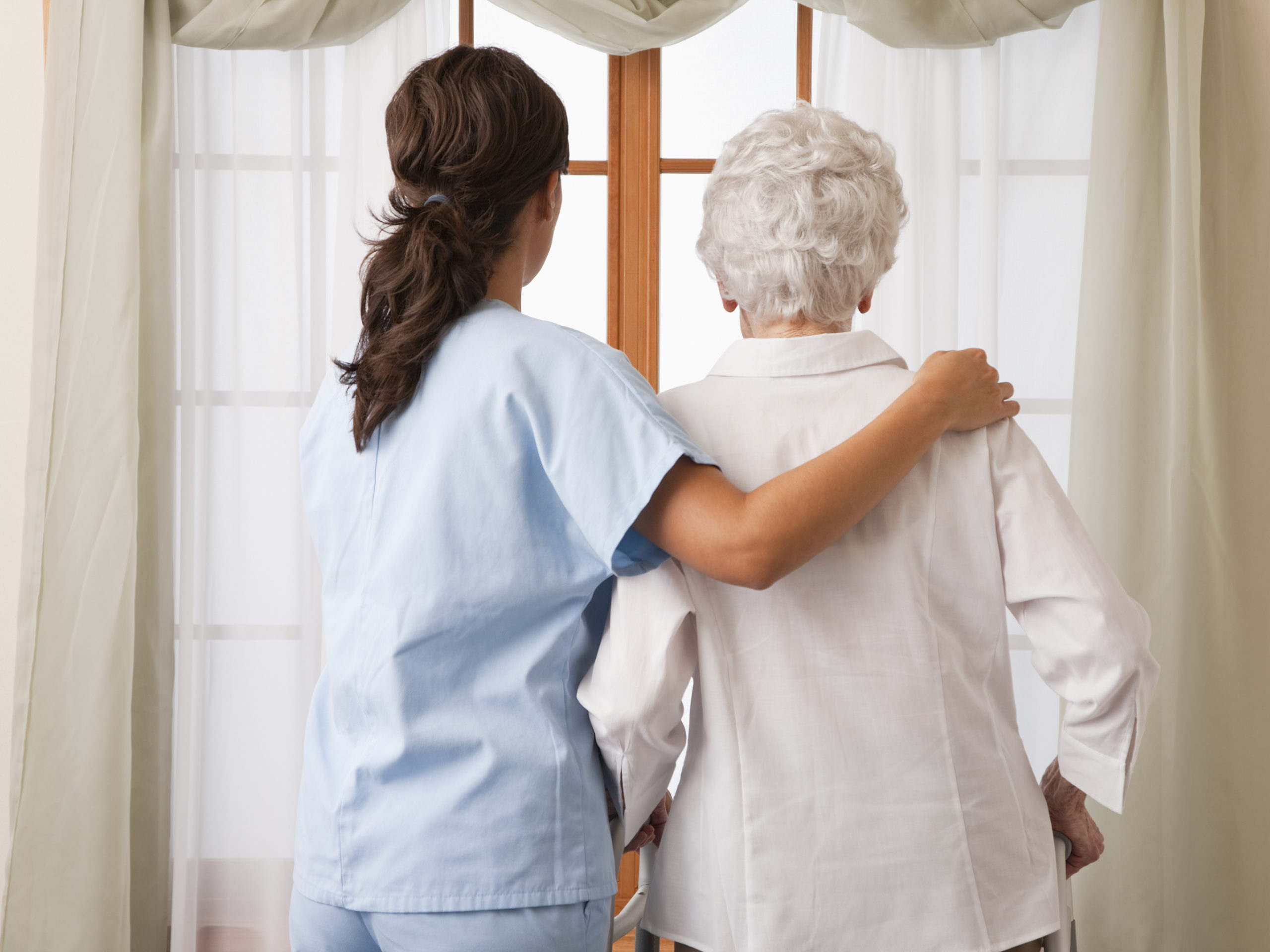Importance of Physical Therapy for Elderly Stroke Patients
The Centers for Disease Control and Prevention (CDC) reports that stroke is the leading cause of adult disability in the U.S. today. Every year, as many as 800,000 people in the U.S. have a stroke. People experiencing a stroke require immediate medical attention to improve the effectiveness of medical treatment, to reduce the risk of death or long-term side effects and to enhance the opportunity for successful rehabilitative care after the stroke.
One of the best ways reduce the aftereffects of a stroke, and to increase the effectiveness of treatment, is to receive medical care quickly. In order to do this, it is important to know what signs to watch for. The CDC says the five warning signs of a stroke are:
- Sudden weakness or numbness of the face, arm or leg (especially on one side of the body).
- Sudden trouble speaking, confusion or difficulty understanding speech.
- Sudden vision problems in one or both eyes.
- Sudden difficulty walking or dizziness, loss of balance or problems with coordination.
- Severe headache with no known cause.
Another important aspect of lessening the severity of a stroke is to ensure proper recovery care. The CDC reports that only 10% of stroke patients are able to regain their full functioning following a stroke without specialized assistance. To be sure the right care is received, it is crucial to understand what kind of care is available and what kind of care is helpful and why.
Stroke Recovery
A stroke rehabilitation program is recommended in the case of most stroke patients. While a rehabilitation program may not totally reverse the effects of the stroke, it can help the patient to regain independence and recover some of what was lost.
Stroke rehabilitation often begins as quickly as 24 hours after a stroke, while the patient is still in the hospital. As soon as a stroke patient is stable, it is safe to begin simple exercises, such as sitting up in bed, walking to the bathroom, dressing, bathing and eating. After release from the hospital, care is often continued at a rehabilitation and recovery community. At Griswold Rehabilitation and Health Care Center, patients have access to health care and activity programs that focus on complete wellness, gaining strength and fostering independence.
Because there are different types of strokes and each person’s experience is different, there is no cookie-cutter plan for stroke recovery. There are also many factors that can affect the outcome of stroke rehabilitation. These include:
- Age
- The severity of the stroke and the degree of damage to the brain
- The intensity and completeness of the rehabilitation program
- Concurrent medical issues
- Support network of family, friends and caregivers
Importance of Physical Therapy
One key part of stroke recovery and rehabilitation is physical therapy. Physical therapy is designed to help people with injuries or health issues that limit their movement and ability to perform daily functions. Physical therapists also work closely with patients and their families to develop treatment plans, set goals and monitor milestones.
The goal of physical therapy as part of stroke recovery is to restore movement, improve function, build strength and decrease disability. Through hands-on care, patient education and prescribed movement exercises, physical therapists can help stroke patients to improve their quality of life. While the process of physical therapy after a stroke may be challenging, it does add to the success rate for patients in minimizing symptoms and improving overall quality of life following a stroke.
At Griswold Rehabilitation and Health Care Center, speech, occupational and physical therapies are all part of the recovery and rehabilitation plan available to patients. These specialized recovery treatments are supported by nutrition management, pain management and restorative nursing care. This type of complete rehabilitation program can aid patients in:
- Improving balance
- Enhancing the ability to move
- Walking and standing
- Building strength
- Improving movement and thinking skills
- Speaking
Finding Your Path
At Griswold Rehabilitation and Health Care Center, we understand the special needs of stroke patients. Our rehabilitation services also support patients recovering after surgery, overcoming a long illness or healing after an accidental injury. In addition to rehabilitation and recovery care, Griswold also offers assisted living, respite care, long-term care and memory care.
Interested in learning more about the care and community at Griswold Rehabilitation and Health Care Center? Contact us today!

